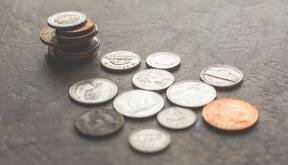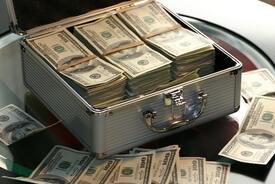Money is something that is generally accepted as a medium of exchange. It is an instrument that serves as a medium of exchange, a measure of value, a store of value and a standard for deferred payments.
The evolution of money has passed through various stages with time, place, and circumstances.

Evolution of Money
Commodity Money: Various products used as money are called commodity money. This is its most primitive form. However, some problems such as improper standardization, indivisibility and storage difficulties make this form an unsuitable medium of exchange.
Metallic money: Mono-metallism and bi-metallism, i.e. precious metals like gold and silver were used as mediums of exchange. As society progressed, different sections of people agreed to treat certain precious metals as a common medium of exchange. Gold coins were introduced in India by King Kanishka of the Kushana dynasty in the first century AD.
Paper Money: A paper currency system is a system in which coins and currency notes are used as a medium of exchange. For example, rupee notes and coins are legal tenders.
Bank Money: In its final stage of evolution, demand deposits with commercial banks are treated as bank money. Demand deposits are current account deposits with banks or other financial institutions that are payable on demand through cheques. Hence, checks drawn on demand deposits of commercial banks can be used as the medium of exchange.
Also, Read

Features of Money

Importance of Money
